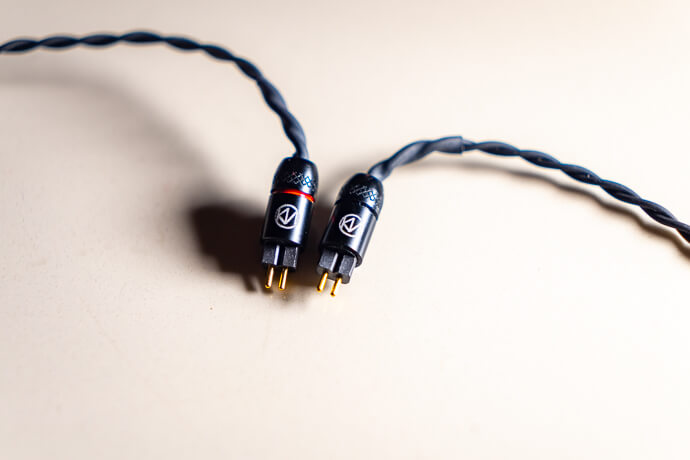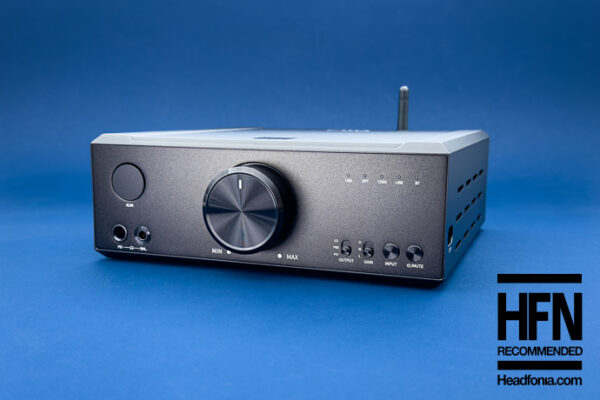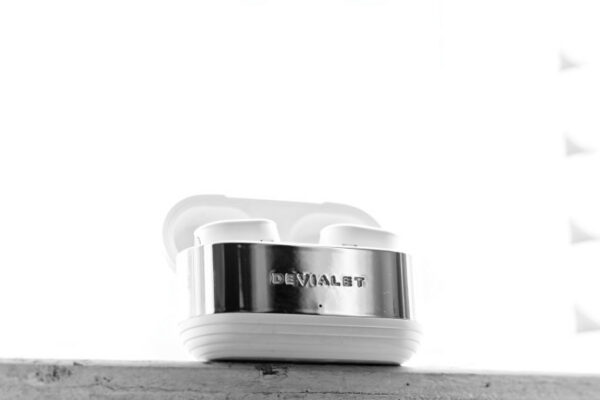Sound
As I said in the intro, I certainly think that aftermarket cables make a difference one way or another. You can check Linus’ many reviews of cables for that. But it’s not always a positive difference. Some cables work well with your specific IEMs and some don’t. I’ll try to explain the NAOBI-LE and how it affects the sound.
The NAOBI-LE has great dynamism, texture, and definition to the IEMs I’ve tested it with. That certain Brise Audio touch is once again there, but this one is also quite different from the flagship Yatono series. Rather than being neutral and flat, this cable boosts up the bass region and creates a warm sound with a great pace. Let me tell you in detail.
Bass
The NAOBI-LE provides a nice sense of texture to the bass region. It’s easily one of the best cables at this price in terms of bass. The quality is good, the resolution and texture are very good, and the decay is great. Compared to stock cables, this is the biggest difference of the NAOBI-LE.
Especially the midbass section is a bit boosted and that was the most apparent with the PEARS SH-3. That is normally a flat IEM in terms of presentation, but this cable added warmth and more bass overall. The SH3 became a very engaging IEM with this cable and it gives great punch and impact as well. The quantity is certainly elevated with all the IEMs I’ve tried, but it doesn’t do that just for the sake of fun. The quality of the bass is also very impressive so it’s not a bloated presentation in any way.
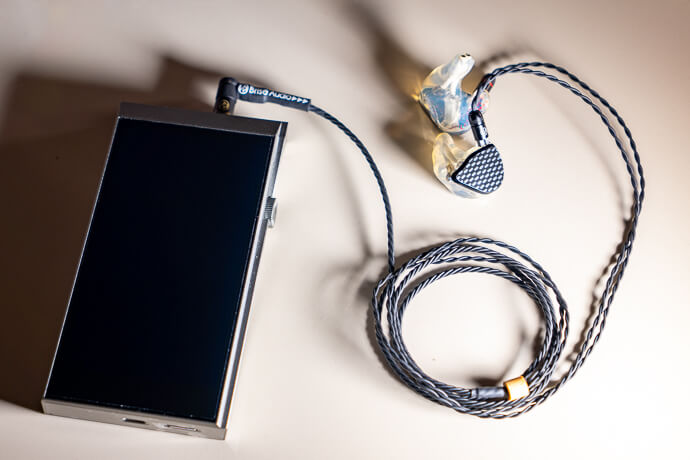
Brise Audio NAOBI-LE
The overall quality of the low region is also bettered with the NAOBI-LE. The resolution, texture, decay, and pace are all improved. However, if you have a warm-sounding IEM, then the bass presentation becomes quite overwhelming so I suggest you pair this cable with flat-ish sounding IEMs.
Mids
The mids are very fluid and full with the NAOBI-LE. That is simply because of the good timbre that it brings. Once again, the SH-3 is a perfect example here. Sure, it has good tonality with its standard cable, but when I plug the NAOBI-LE, the instruments become more refined with better definition and the timbre is simply better. It’s not on the level of ASUHA Ref.2 or the Yatono series of course, but for the price when compared to those flagships, it’s quite good.
The NAOBI-LE also provides good resolution and separation. You get sharper imaging with better accuracy. This is Brise Audio’s single most noticeable trait in my opinion. From the STR7 Ref. to the Yatono and this one, they all improve the definition of instruments. You also get better musicality overall.
The mids are also a bit warmer overall which is not a surprise since it adds a certain amount of mid-bass so the presentation becomes a bit thicker. You notice this the most with instrument-focused songs. Especially live recordings sound very good.
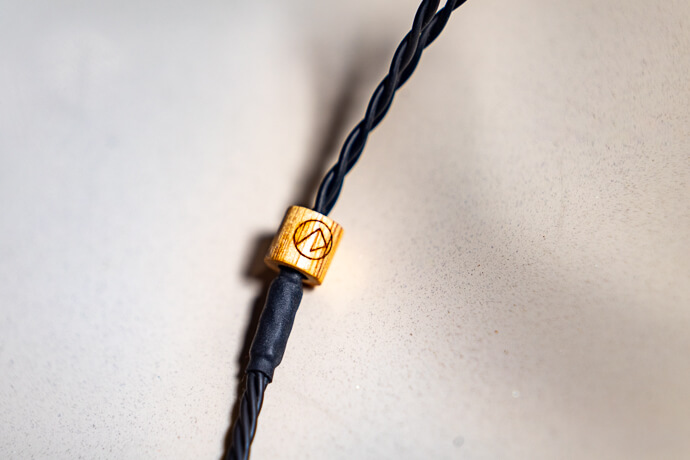
Brise Audio NAOBI-LE
Treble
The treble doesn’t change too much when compared to the other parts of the spectrum, but there are still some things that the cable brings to the table. One of them is the transparency of the treble. I noticed that the treble is just a bit more detailed. It’s also more articulated and thanks to the cable’s nice separation ability, it sounds sharper because it’s simply more isolated from mids. The level of detail is also very good.
The treble is overall a bit more energetic with more bite and sharpness. There’s more transparency and resolution in this area when compared to generic cables, which was expected. You have slightly better articulation and there’s more resolution in the upper treble area. So I think the NAOBI-LE creates a v-shaped response with certain IEMs together with bass boost.
Technical Performance
The presentation slightly becomes narrower with the NAOBI-LE in terms of sound-stage. So the staging dimensions are slightly smaller and the overall presentation becomes a bit more rounded. On the other hand, as I mentioned above, you get better dynamism and definition. The separation is sharper and stereo imaging is more precise.
You also get great resolution and dynamic range. The keyword here is dynamism like the other cables of Brise Audio that I tried. However, the best thing about this cable is that it makes you want to listen to popular music more. Since it adds a warm and impactful bass popular genres become more enjoyable. Especially if you pair the cable with flat-sounding IEMs. It adds that oomph in the bass region to make your feet tapping.
So it’s all about dynamism and bass quality here, as well as the fullness in mids. With the NAOBI-LE you get great energy and resolution but it’s not all about better technicalities. It also creates a very enjoyable and fun presentation when you pair it with flat-sounding IEMs in particular.

Brise Audio NAOBI-LE
Conclusion
Brise Audio impresses me every time I test one of their cables. The build quality and attention to detail are astonishingly good. Looks-wise it’s a personal opinion of course. I think Brise Audio is among the best in terms of aesthetics but bear in mind that I like more serious-looking gear.
This one is the most ergonomic Brise Audio cable by far, for commuting and being active. The Japanese craftsmanship is really something else and the attention to detail in this cable’s structure is simply excellent.
If you have a mid-fi source and a mid-fi IEM, you might want to check out this cable for improving your bass response and resolution and also adding that certain warmth to your setup.
I absolutely recommend the NAOBI-LE for those who seek a flexible and lightweight cable. You get a good sound improvement, great build quality, and flexibility. So it’s a very viable option in terms of mid-fi aftermarket cables. If you had enough of your stock cable, you should seriously consider the NAOBI-LE.





